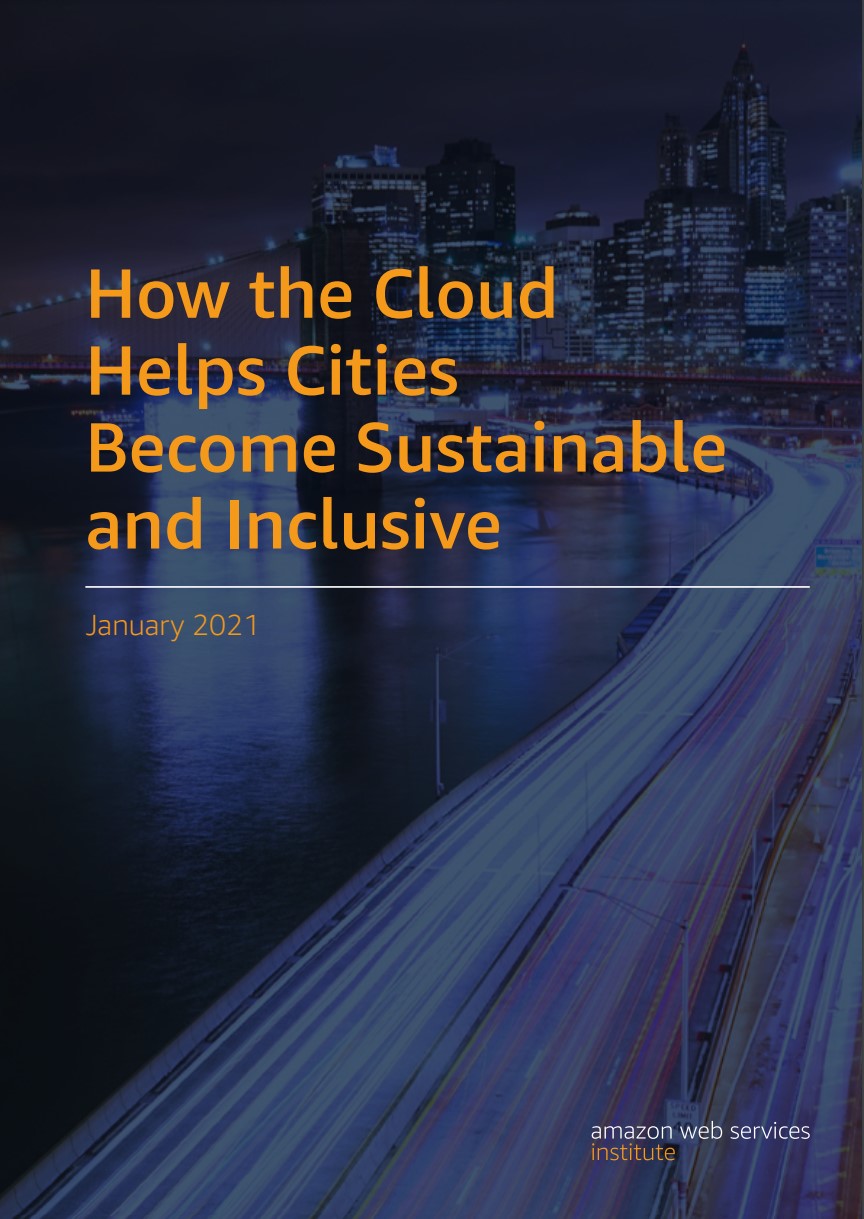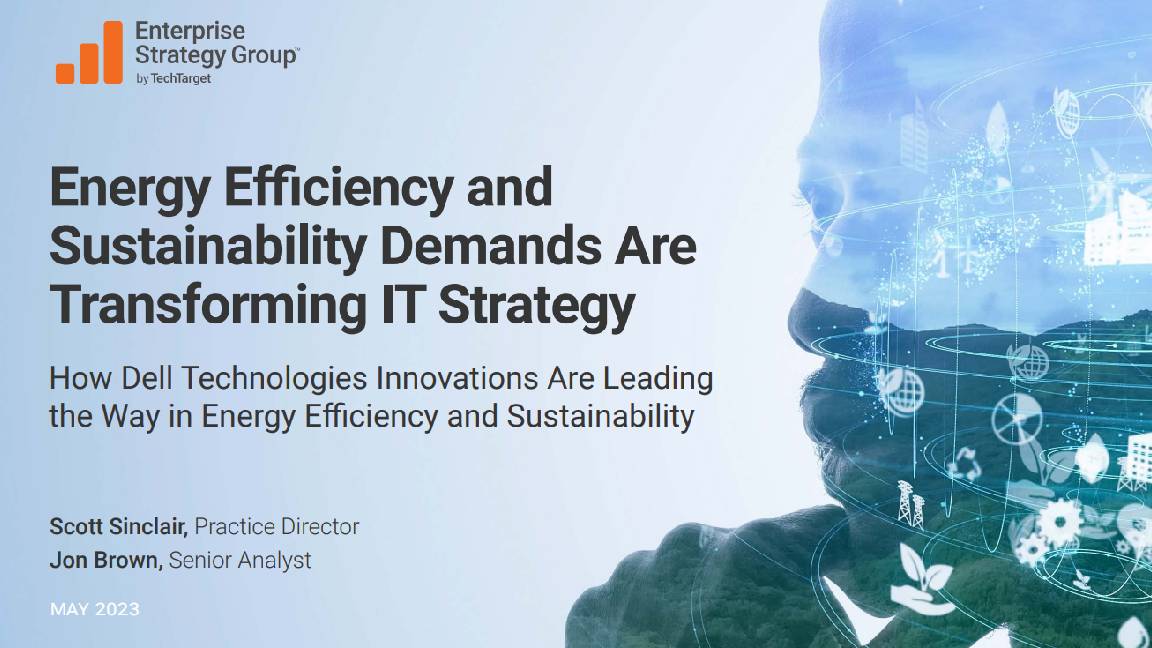IT sector urged to take advantage of sustainability "cash cow"
Businesses can stabilise global greenhouse emissions at 2015 levels by embracing new technologies


The IT sector has the potential to maintain global CO2 emissions at 2015 levels, by enabling a 20% reduction in emissions by 2030.
By investing more in IT across the global economy, total global emissions of CO2 could be cut by 12 gigatonnes by 2030, said Luis Neves, CEO of the Global Enabling Sustainability Initiative (GeSi) at an event yesterday.
It’s estimated the industry can reduce 3.6 gigatonnes of CO2 in the mobility or travel sectors, 2.7 in manufacturing, two in agriculture and building, and 1.8 in the energy sector, according to a GeSi report published in 2015. This represents 12 gigatonnes of CO2, meaning that the IT sector has the potential to maintain global emissions at 2015 levels, said Neves.
This is partly due to the falling emissions footprint of the sector itself. GeSi’s research stated that the sector’s footprint could fall to 1.97% of global emissions by 2030, due to a range of investments companies in the sector have been making to reduce their footprint and to the expected increase in efficiency of end-user devices.
One area the industry is looking to make more sustainable is data centres, which are at the very core of every single conversation, said Neves, and are the main concern of policymakers. This includes the European Commission (EC). Neves added that GeSi developed the code of conduct for data centres that exists today in the organisation.
He also pointed to a recent Huawei report that found that replacing HDD with SDD in data centres reduces energy consumption by 70% and occupied space by 50% under the same capacity.
“We are convinced that digital is fundamental to address climate change,” said Neves, addressing the audience. “The problem that we have though, and probably many of you in this room, you are only thinking about the money, which is good, it’s not bad. We need to think about money but we need to understand that sustainability is a cash cow. And you have not yet analysed that or many of you have not done.”
Get the ITPro daily newsletter
Sign up today and you will receive a free copy of our Future Focus 2025 report - the leading guidance on AI, cybersecurity and other IT challenges as per 700+ senior executives
The report also analysed the UN’s 17 Sustainable Development Goals (SDGs). It came to the conclusion that seven disruptive technologies, like 5G, blockchain, or the cloud, can impact in a positive manner 22% of SDGs and reduce the downward trend of 23% of them.
GeSi has put together the "digital with purpose" movement which aims to bring the digital world together around a set of metrics that will be used to measure the impact of the IT industry so that covered collectively, it can show that impact.
“But the policymakers, they do not understand the overall impact of what we are doing,” added Neves.
He underlined that the movement is about helping companies address the problems they have about becoming more efficient, and communicating this better with the rest of the world. Neves emphasised the importance of connecting digital with every single sector to make people understand that the industry is part of the solution, and not the problem.
“The figures I’ve shown to you, they’re a clear demonstration that you can generate a lot of value when you become more efficient,” he said.
However, a rapid increase in the computing, broadband networks, and data centres will result in additional emissions from IT. Holding down the sector’s own emissions as the number of devices increases can be helped by switching from large hardware like PCs and printers to smaller and more efficient devices, like tablets and smartphones, and by bearing down on emissions from data centres, stated the report.
RELATED RESOURCE

How the cloud helps cities become sustainable and inclusive
The technology transforming our environments to make them work for everyone
The switch to smaller and more energy efficient end-user devices is particularly important as nearly half the sector’s emissions, in the report’s analysis, comes from “end-user-devices”, rather than from networks or data centres.
GeSi split global IT emissions into three areas. End user devices, like phones, laptops, or PCs, accounted for 0.59 gigatonnes of CO2, 47.2% of the total. Data centres represented 0.36 gigatonnes of CO2, 28.8% of the total. Lastly, networks, comprising wireless, home, and enterprise networks, accounted for 0.3 gigatonnes of CO2, 24% of the total.
Although GeSi is encouraging users to switch to smaller devices, the industry will need to extend the lifetime of these products. Smartphones and laptops should be made to last longer to combat chip shortages, BCS, the Chartered Institute for IT, said in February.
The ongoing issues with the production and supply of semiconductors has exposed the underlying problem of pushing customers towards upgrading their smartphones and other devices, said the IT industry body. It added that users wouldn’t need as many new devices if they lasted for ten years without grinding to a halt. However, this goes against the business model of most manufacturers.
Zach Marzouk is a former ITPro, CloudPro, and ChannelPro staff writer, covering topics like security, privacy, worker rights, and startups, primarily in the Asia Pacific and the US regions. Zach joined ITPro in 2017 where he was introduced to the world of B2B technology as a junior staff writer, before he returned to Argentina in 2018, working in communications and as a copywriter. In 2021, he made his way back to ITPro as a staff writer during the pandemic, before joining the world of freelance in 2022.
-
 Bigger salaries, more burnout: Is the CISO role in crisis?
Bigger salaries, more burnout: Is the CISO role in crisis?In-depth CISOs are more stressed than ever before – but why is this and what can be done?
By Kate O'Flaherty Published
-
 Cheap cyber crime kits can be bought on the dark web for less than $25
Cheap cyber crime kits can be bought on the dark web for less than $25News Research from NordVPN shows phishing kits are now widely available on the dark web and via messaging apps like Telegram, and are often selling for less than $25.
By Emma Woollacott Published
-
 HP’s sustainability drive is paying off for channel partners
HP’s sustainability drive is paying off for channel partnersNews Channel partners that bought into HP’s sustainability program saw sales increase as customers react positively
By Solomon Klappholz Published
-
 Beyond the upgrade: How to maximize IT investments and minimize waste
Beyond the upgrade: How to maximize IT investments and minimize wasteHow to maintain optimal performance and productivity with your fleet of hardware and stave off the next upgrade cycle for a bit longer
By ITPro Published
-
 Energy efficiency and sustainability demands are transforming IT strategy
Energy efficiency and sustainability demands are transforming IT strategywhitepaper How Dell Technologies innovations are leading the way in energy effiency and sustainability
By ITPro Published
-
 Energy efficiency and sustainability demands are transforming IT strategy
Energy efficiency and sustainability demands are transforming IT strategywhitepaper How Dell Technologies innovations are leading the way in energy effiency and sustainability
By ITPro Published
-
 Creating successful supply chain planning transformations in the consumer industry
Creating successful supply chain planning transformations in the consumer industryWhitepaper Think differently about SCP transformations and, in doing so, move into a better future for supply chains
By ITPro Published
-
 Better together
Better togetherWhitepaper Achieve more with Windows 11 and Surface
By ITPro Published
-
 Transforming the enterprise
Transforming the enterpriseWhitepaper With Intel and CDW
By ITPro Published
-
 Your guide to smarter printing: 2024 edition
Your guide to smarter printing: 2024 editionWhitepaper Making smarter printing simple for all businesses
By ITPro Published